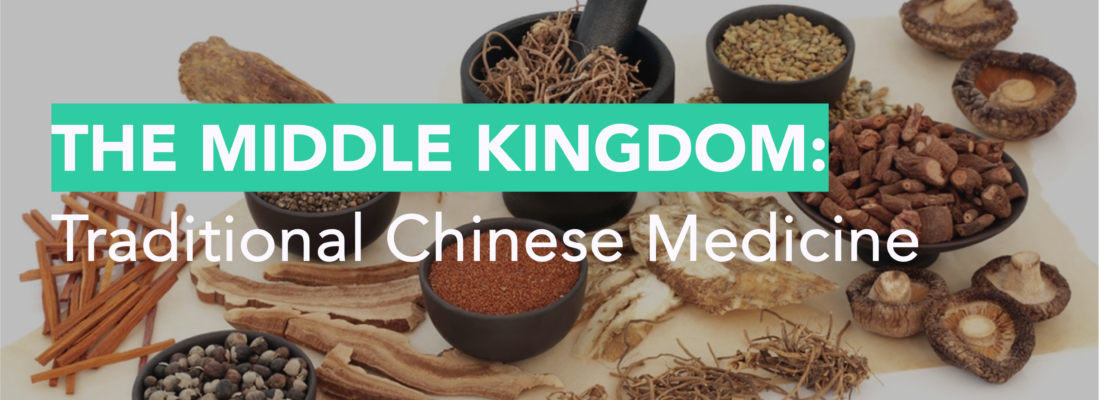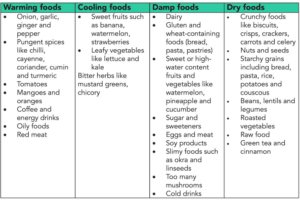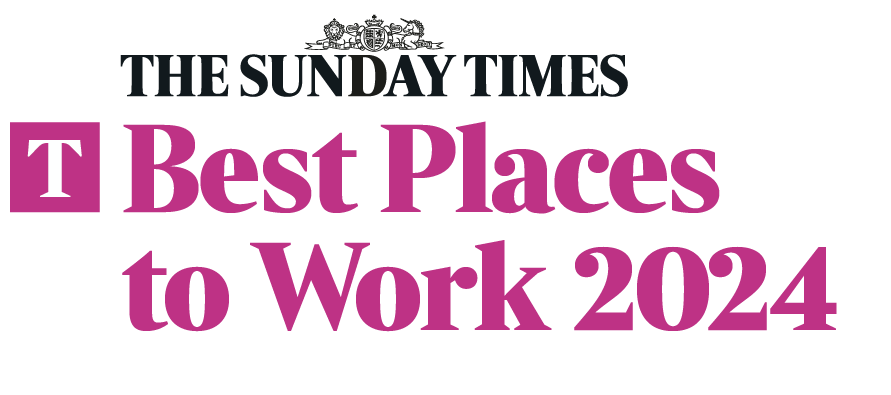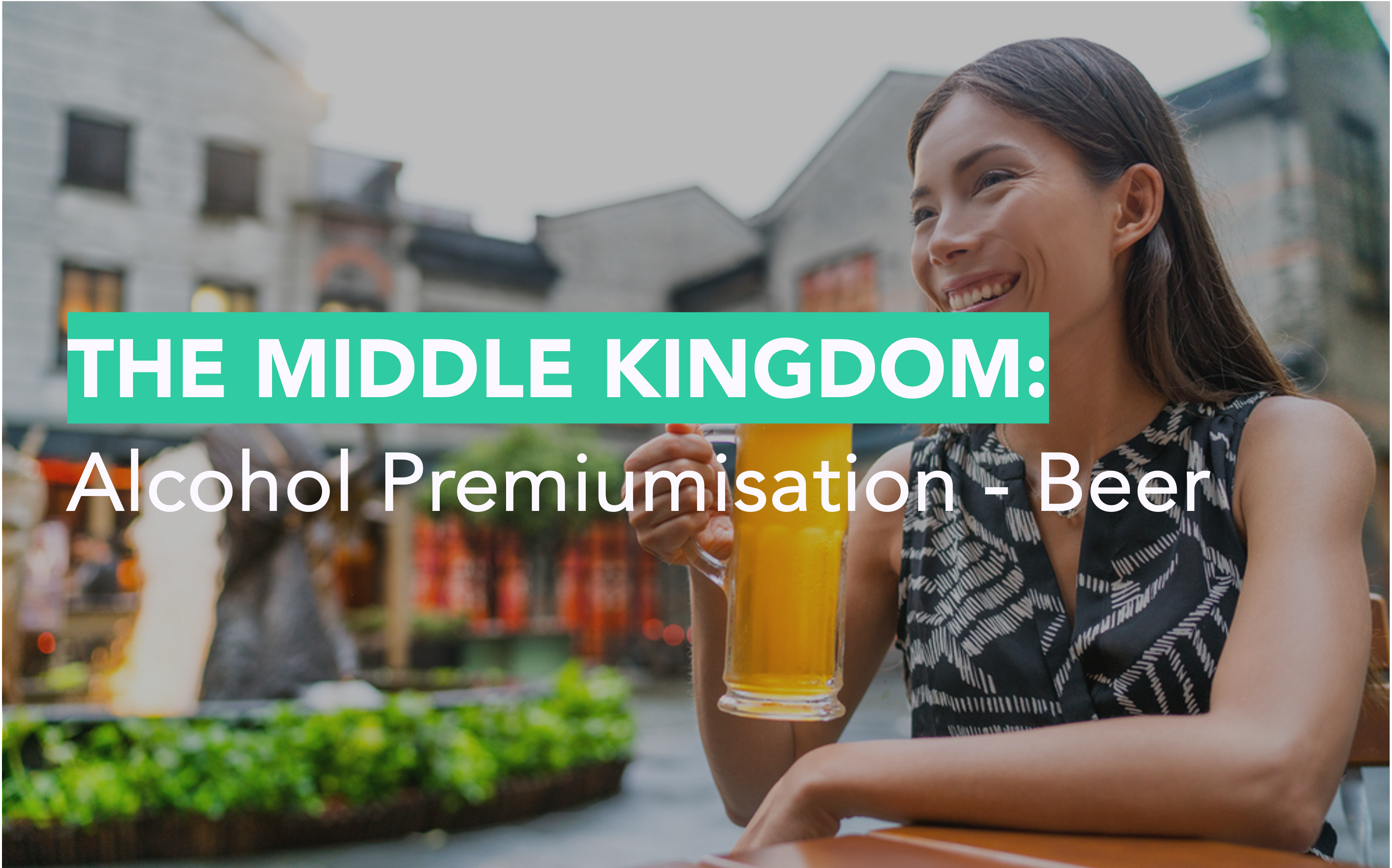Traditional Chinese Medicine: Finding the perfect ‘qi’ for your health and wellness brand

This article is part of our series on The Middle Kingdom. You can view the full series or download the report.
Welcome to the Middle Kindom
The Chinese name of China is 中国 (pronounced ‘zhong guo’) which translates literally to ‘Middle Kingdom’. This dates back to ~1000BC when the Chinese were in relative isolation from the rest of the world, separated by the Himalayan mountains in the southwest, the Gobi Desert to the north and the Pacific Ocean to the east. As such, Chinese people assumed they were at the centre of the world, and aptly named their country the ‘Middle Kingdom.’ Our goal in this blog is to provide everyone with bite-sized insights into China’s Culture, Customs, and Consumers.
The Power of Traditional Chinese Medicine
Modern medicine has long been established in China but the influence of Traditional Chinese Medicine (TCM) remains ingrained in Chinese culture and has even become a powerful export to the West – Guasha anyone?
The foundational principles of TCM are based on maintaining ‘qi’ (loosely translated as ‘life energy’ or ‘life force’) by ensuring balance within the body between the two opposing energies that make up all of life – Yin and Yang. Yin energy comes from the Earth and is moist and cooling, whereas Yang energy comes down from the sky is warm and invigorating. According to these principles, illness is caused by poor qi i.e. an internal imbalance of Yin and Yang. TCM focuses on restoring the balance from within, targeting the root cause of illness and encompassing overall wellbeing compared to “symptom-focused” modern medicine.

Historically, restoring the internal balance of qi, and therefore health, has been done through the consumption of herbal medicine that equalizes Yin and Yang as well as manual manipulation practices such as qi gong, massage, cupping, moxibustion and acupuncture which aim to improve circulation of ‘qi’ and bring yin and yang energy to the different parts of the body that are imbalanced.
While most would turn to modern medicine to cure their illnesses in China, the influence of TCM and its principles remain ingrained in people’s perception of holistic wellbeing. For example, Chinese massage parlours can be found across the country offering cheap (as little as £10 for 1-hour) massages and reflexology to restore the body. A popular ear wax removal process known as tao er sees practitioners clean a person’s ear canals, often on the roadside, using a series of picks, tweezers and tuning forks. The vibrations are supposed to stimulate acupressure points in the ear that can help with anxiety, migraines, and insomnia.
TCM and the Chinese Diet
More ingrained still is the influence of TCM principles on eating habits – certain foods and ingredients are viewed as ‘medicinal’ in their abilities to restore balance within the body. Foods are classified according to the effect they have on the body whether that be cooling, warming, damp or dry.

Credit: https://www.naturopathy-uk.com/news/news-cnm-blog/blog/2020/07/16/the-energy-of-foods-in-chinese-medicine/
In the same way we might drink a ginger tea to help soothe symptoms of a cold knowing that it might not have any proven scientific benefit, often Chinese people will turn to TCM foods to soothe symptoms of illness or general discomfort e.g. mung beans are often eaten in the summer as they are filled with cooling ‘yin’ energy that can expel excess ‘yang’ internal heat, clear away toxins and add lost moisture back into the body. (Scientifically speaking, mung beans are packed with amino acids, antioxidants and nutrients that can help to reduce blood pressure, LDL cholesterol levels and heart disease risk.)
For young people in particular, supplements and foodstuff derived from TCM are a popular way to offset the stresses of daily life such as staying up too late, eating a poor diet and working overtime.

Consideration of the TCM nature of foods has also influenced the composition of Chinese cuisine and popular dishes. Hairy crabs, for example, (an autumnal seasonal delicacy in eastern China) are considered extremely cooling, and are therefore always eaten with warming ingredients such as vinegar or ginger. Eating the crabs with another cooling food like persimmon, would likely result in illness and should be avoided.
Case Studies
Convenience store Lawson’s “A whole root of ginseng water” became the hottest drink of the summer in 2022. The large piece of ‘vitality boosting’ ginseng in each clear bottle created a distinct visual cue for the ‘rawness’ of the ingredients and the nourishing benefits that could remedy the common pain points and unhealthy habits of young consumers such as “working overtime” and “staying up too late.”
To attract Gen-Z consumers, TCM brand Tongrentan launched a series of coffees infused with traditional Chinese medicinal ingredients such wolfberry, motherwort rose and cinnamon. There has naturally been some scepticism around the effectiveness of such drinks, with some citing the TCM theory that ingredients need to be tailored to the individual’s internal composition, but hundreds of cups are sold daily at the Zhima’s specialist coffee bars. The experiential nature of the shopping journey combined with chic marketing campaigns plays to the younger generations trying to tackle their sub-par health concerns.
So what?
If working within the health and wellness space in China, considering the influence of TCM on Chinese culture can give you a better understanding of how to localise appeal of your brand for the consumer – from knowing what their food habits are to recognising what it really means to them to be holistically healthy. Consider these principles:
- Chinese consumers view their health more holistically and buy products and brands preventatively or for maintenance (rather than reactively like we do in the West). Dial-up communications or consider product innovation in areas that could support Chinese consumers with the pain points they experience in their day-to-day lives in a convenient way.
- Bringing a modern twist to TCM can help to make products and brands more relevant to the growing pool of Gen-Z consumers in China. Consider working with KOLs and leveraging the extensive social media platform as well as investing in sleek marketing and comms that make the brand worthy of social badging!
- Limit compromise on the taste. There is some expectation that health and wellness products may not be the most delicious (lots of TCM ingredients are known to be bitter for example) but taking preventative or maintenance health products is a day-to-day choice – anything that doesn’t taste good will quickly be removed from a consumer’s product rotation.
NB: TCM practices and herbal medicines have not be studied as extensively as Western medicine and many TCM claims remain unproven. Please speak to your doctor before considering any TCM as part of your own health and wellbeing.




